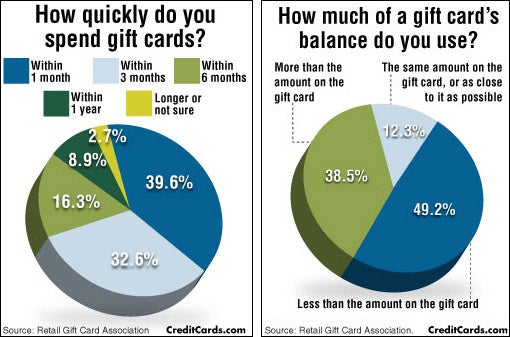Glass engravers have been extremely knowledgeable craftsmen and artists for thousands of years. The 1700s were particularly significant for their accomplishments and appeal.
As an example, this lead glass cup demonstrates how inscribing integrated layout fads like Chinese-style motifs into European glass. It additionally shows exactly how the ability of a great engraver can create illusory deepness and aesthetic structure.
Dominik Biemann
In the very first quarter of the 19th century the conventional refinery area of north Bohemia was the only area where ignorant mythological and allegorical scenes engraved on glass were still in fashion. The cup pictured here was etched by Dominik Biemann, that focused on little pictures on glass and is regarded as among one of the most crucial engravers of his time.
He was the son of a glassworker in Nové Svet and the sibling of Franz Pohl, another leading engraver of the period. His work is qualified by a play of light and darkness, which is particularly obvious on this cup displaying the etching of stags in forest. He was also known for his service porcelain. He passed away in 1857. The MAK Gallery in Vienna is home to a huge collection of his works.
August Bohm
A remarkable Nurnberg engraver of the late 17th century, Bohm collaborated with delicacy and a feeling of calligraphy. He etched minute landscapes and engravings with bold official scrollwork. His work is a precursor to the neo-renaissance design that was to dominate Bohemian and various other European glass in the 1880s and past.
Bohm welcomed a sculptural sensation in both alleviation and intaglio engraving. He exhibited his mastery of the latter in the carefully crosshatched chiaroscuro (shadowing) effects in this footed goblet and cut cover, which depicts Alexander the Great at the Battle of Granicus River (334 BC) after a paint by Charles Le Brun. Regardless of his substantial ability, he never ever accomplished the fame and fortune he sought. He passed away in penury. His spouse was Theresia Dittrich.
Carl Gunther
Despite his determined work, Carl Gunther was an easygoing man that took pleasure in spending quality time with friends and family. He liked his day-to-day routine of seeing the Collinsville Elder Facility to take pleasure in lunch with his pals, and these minutes of friendship offered him with a much needed break from his demanding profession.
The 1830s saw something quite extraordinary take place to glass-- it came to be vibrant. Engravers from Meistersdorf and Steinschonau created highly coloured glass, a preference known as Biedermeier, to fulfill the need of Europe's country-house classes.
The Flammarion engraving has actually ended up being a symbol of this brand-new preference and has appeared in publications devoted to science along with those exploring necromancy. It is additionally found in many museum collections. It is thought to be the only enduring example of its kind.
Maurice Marinot
Maurice Marinot (1882-1960) started his occupation as a fauvist painter, but ended up being attracted with glassmaking in 1911 when visiting the Viard siblings' glassworks in Bar-sur-Seine. They offered him a bench and taught him enamelling and glass blowing, which he grasped with supreme ability. He developed his own methods, using gold flecks and making use of the bubbles and various other natural problems of the product.
His approach was to treat the glass as a creature and he was one of the very first 20th century glassworkers to make use of weight, mass, and the visual impact of all-natural flaws as aesthetic components in his works. The exhibition demonstrates the substantial influence that Marinot had on contemporary glass manufacturing. Unfortunately, the Allied bombing of Troyes in 1944 ruined his studio and countless illustrations and paints.
Edward Michel
In the very early 1800s Joshua introduced a design that imitated the Venetian glass of the duration. He used a strategy called diamond factor inscription, which involves damaging lines into the surface area of the glass with a difficult steel implement.
He likewise established the first threading device. This development allowed the application of long, spirally injury personalized housewarming gifts routes of color (called gilding) on the main body of the glass, an essential function of the glass in the Venetian design.
The late 19th century brought new layout ideas to the table. Frederick Kny and William Fritsche both worked at Thomas Webb & Sons, a British business that concentrated on premium quality crystal glass and speciality coloured glass. Their work showed a choice for classical or mythological topics.
